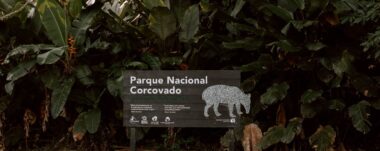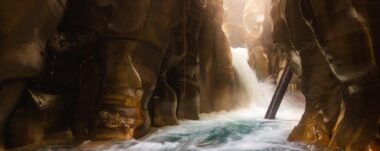Santa Elena Peninsula of Costa Rica: a Geological Marvel
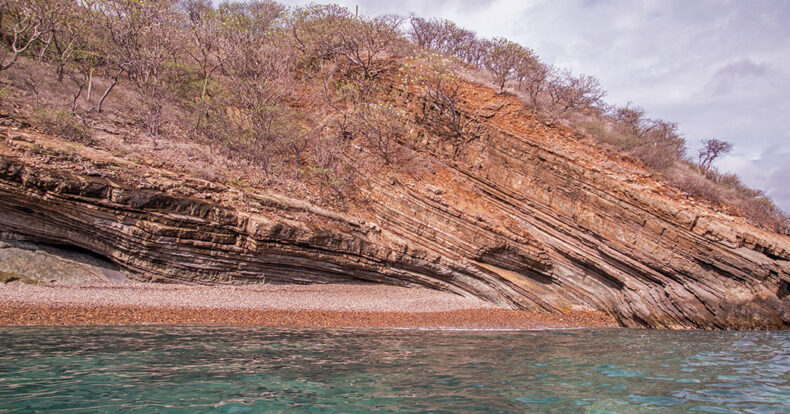
The Santa Elena Peninsula, located in Costa Rica, is a true geological wealth that captivates tourists for its diversity and natural beauty. This peninsula offers a unique experience for geology lovers, from imposing rock formations to fascinating marine scenery.
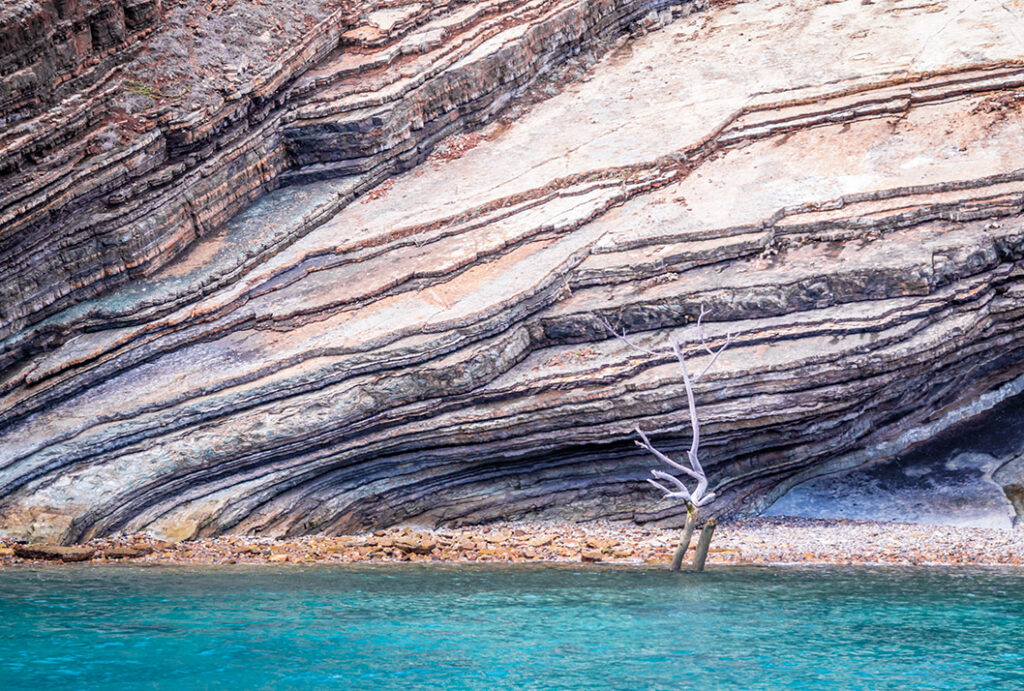
Most of the peninsula consists of a mixture of igneous and sedimentary rocks, which reveal its geological history of millions of years. The igneous rocks, especially the periodites, are formations that originated in the Earth’s mantle. They are rich in minerals such as olivine and are characterized by their characteristic green color and geological uniqueness. Studying peridotite formations in the peninsula is an opportunity to learn about magmatic processes and understand how this area was formed over time.
Geological marvels.
Sedimentary rocks, on the other hand, are witnesses of the peninsula’s ancient marine environments. Limestones, sandstones and shales are part of the Santa Ana, Piedras Blancas, Rivas and Brito formations. These rocks originated on the continental shelf and slope, and over millions of years, have been formed by the action of water and wind. In other words, walking the roads of the peninsula allows us to appreciate these sedimentary formations. A way to understand how the interaction between the sea and the land has shaped the landscape over time.
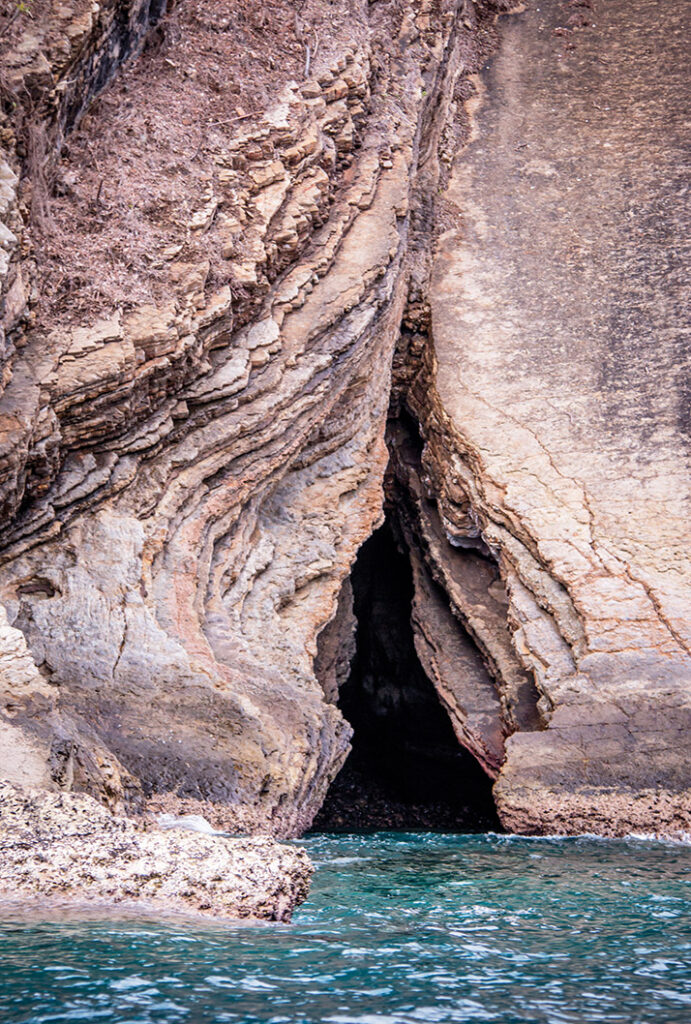
According to the research of geologist Laura Chaves,
Over millions of years, these formations were deposited due to the accumulation of sediments on the seafloor. They are silent witnesses of the ancient marine environments that existed in the region.
The discovery of fossil dunes on the Bat Islands is one of the most disturbing aspects of the peninsula’s geology. In the case of these dunes, which date back to the end of the Pleistocene, they offer a unique glimpse into the region’s geological past. Research conducted by experts dfrom the National University of Costa Rica has revealed important findings about the climatic changes and sedimentation processes that occurred during this period. The tourists interested in geology can explore these fossil dunes and admire the tangible evidence of past events.

Santa Elena as a tourist destination
Beside the road from Santa Elena, heading to the Monteverde Cloud Forest Biological Reserve, there are a great number of attractions including hikes in the amazing reserve, a beautiful butterfly garden, gardens full of hummingbirds, a bat museum, a fascinating serpentarium and stunning local art galleries.
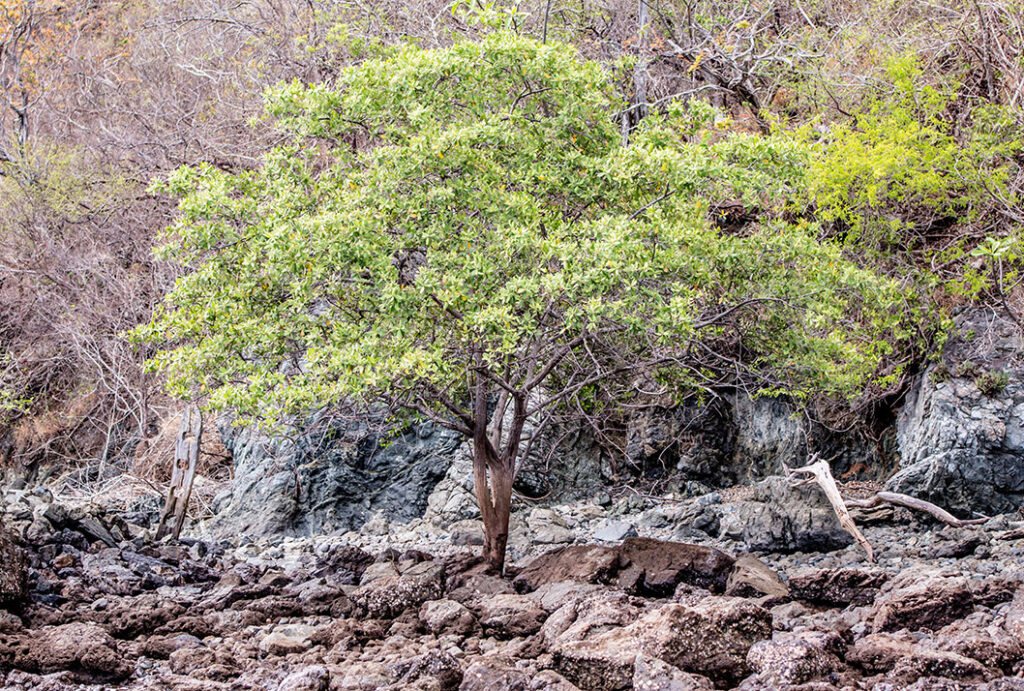
For geology lovers, the Santa Rosa Accretion Complex is also worth a visit. This complex is composed of oceanic rocks that formed at great depth due to the accumulation of radiolarian and basalt flows. Later, these rocks were absorbed and adhered to the continent, which contributed to the geological diversity of the peninsula. Observing these marine rocks and understanding their formation process is an educational and fascinating experience.
Besides its unique geological formations, the Santa Elena peninsula offers abundant flora and fauna, as well as beautiful beaches and protected areas. In addition, visitors can enjoy activities such as hiking, diving and bird watching, while exploring the geological treasures of the region.
In a few words, the Santa Elena Peninsula in Costa Rica is a truly special tourist destination from a geological point of view. Its combination of igneous and sedimentary rocks, as well as the findings of fossil dunes and the Santa Rosa Accretionary Complex offer travelers a unique opportunity to immerse themselves in the fascinating geological history of this beautiful peninsula.
Sensorial Sunsets
Navigate articles




